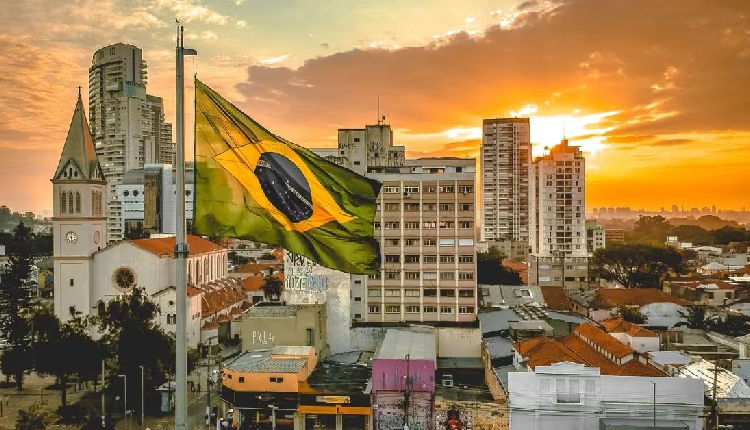Brazil’s economy exceeded expectations in the second quarter, driven by robust consumer spending and government transfers. This surge has fueled fears of overheating and increased the likelihood of interest rate hikes.
According to official data released on Tuesday, Brazil’s gross domestic product (GDP) expanded a whopping 1.4 per cent in the April-June period compared to the first quarter.
The release is “a welcome development as the government struggles to meet its underwhelming fiscal targets. From a monetary policy standpoint, the outsize GDP print signals there’s no slack in the economy, which could actually be growing above potential.” said Adriana Dupita, Brazil and Argentina economist.
“That raises the risk of interest-rate hikes, especially if the currency weakens further ahead of the Sept. 18 policy decision.”
Key factors contributing to the strong GDP growth include:
- Increased household spending: Government transfers and a hot labour market have boosted consumer spending.
- Lower interest rates: The central bank’s previous rate cuts provided some relief to borrowers.
- Industrial and service sector growth: Both sectors contributed significantly to the overall economic expansion.
Despite the strong economic performance, government spending continues to rise, raising concerns about fiscal sustainability. The central bank’s decision to maintain interest rates at 10.5 per cent in June suggests a potential shift towards a more restrictive monetary policy stance.
Brazil’s GDP grew 3.3 per cent from a year ago.
It’s “growth that adds to the increase in jobs, household consumption and a better quality of life,” President Lula da Silva wrote on his Threads page. “Without bravado or lies.”
Following the release, the Ministry of Finance said it would raise its 2024 economic growth forecast from the current level of 2.5 per cent.
Attribution: Bloomberg & Brazilian Institute of Geography and Statistics


